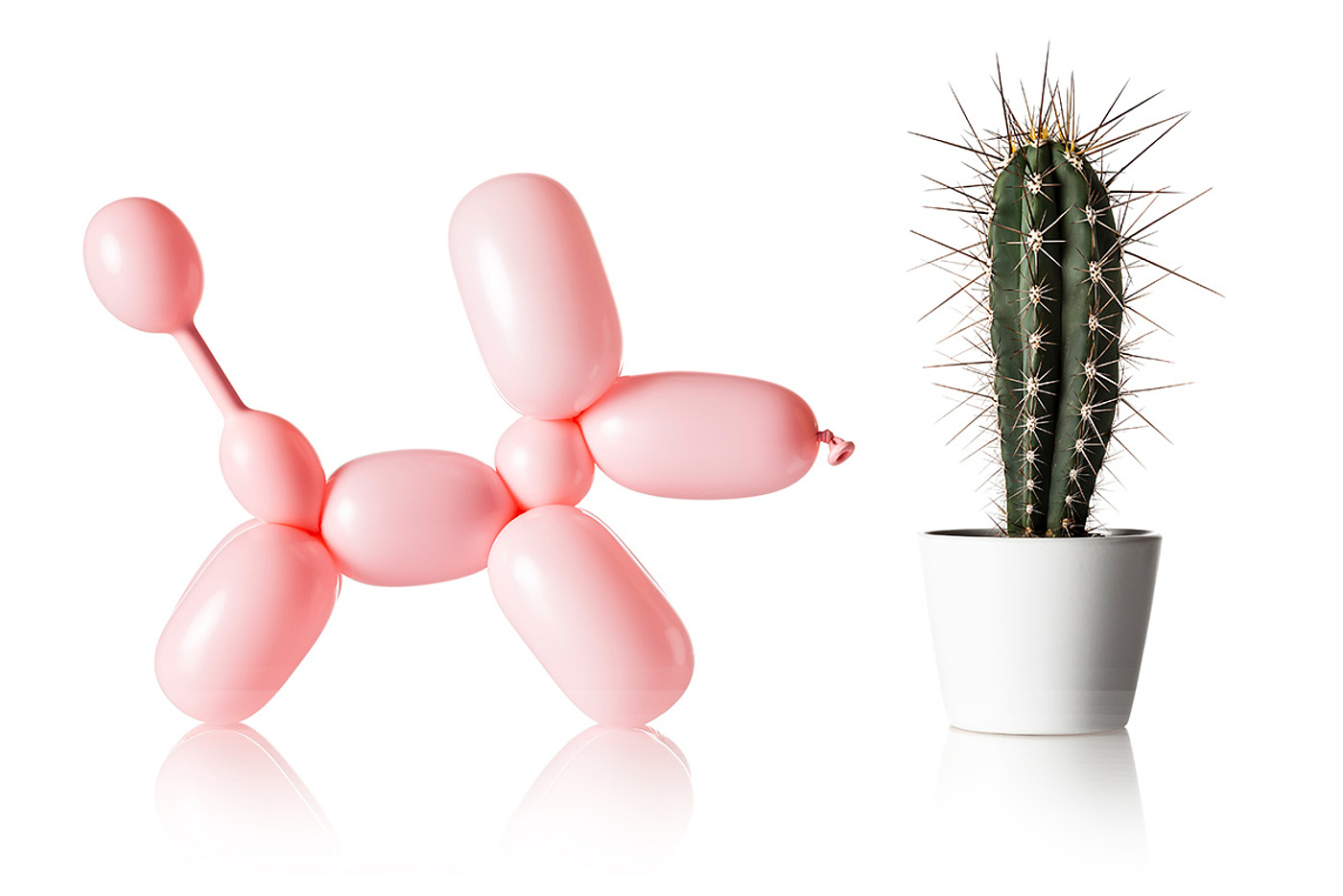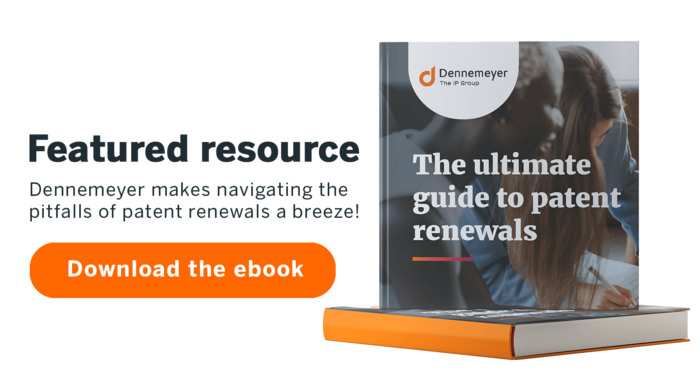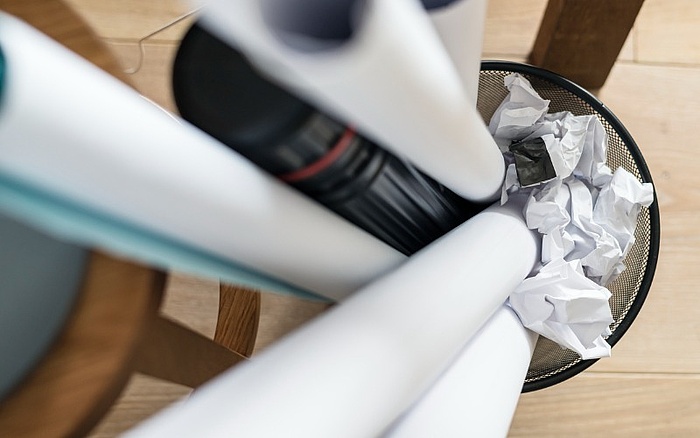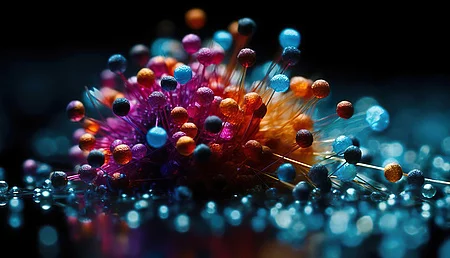
When do patents expire?
The primary purpose of patents is to protect innovation from infringement and unauthorized duplication. Yet the very fact that this form of Intellectual Property (IP) registration is not permanent also contributes to a thriving culture of innovation.
An inventor's life would be more convenient if patents could be indefinitely renewed or had extremely long terms like copyrights. But neither is the case. Understanding the circumstances of when and how patents expire is critical to knowing how to prepare for that date and improving your overall IP management strategy.
The key factors
The two most important factors that dictate when a patent expires are location and type of patent. These are interlinked because the laws of a given jurisdiction determine how patents are categorized. For example, there are three patent categories in the United States: utility, plant and design. A utility patent, for a physical invention or technical process, will last 20 years if maintenance fees are paid at appropriate intervals. A plant patent, which protects newly bred plant varieties, is subject to the same rules. On the other hand, a design patent, sought to protect the visual characteristics that define a manufactured item's shape, only lasts for 14 years.

In the European Contracting States, the term "patent" only refers to what the United States Patent and Trademark Office (USPTO) classifies as utility patents. Similarly, these last up to 20 years. The European version of a design patent is called a design right, and it can be renewed – at five-year intervals – for up to 25 years before expiring. Then there is the utility model, which covers the same IP as a European patent, but is easier to obtain due to lower patentability standards. However, it does not last as long (ranging from six to 10 years) and is not available in all European countries. European plant protections are known as plant variety rights (PVRs). Depending on species, these can last 25 to 30 years – and can be extended for five years more in some cases – as long as they are renewed annually.
Many countries follow the 20-year standard for the maximum length of a patent term, including major markets like Japan, India, Brazil and China. That said, it is never wise to assume that expiration will be two decades from the filing date if you have registered patents in multiple countries. A special patent term extension might be available – as is the case in Europe, including Luxembourg, and Japan for certain drugs and agricultural chemicals. Conversely, you may have less than 20 years, as with American design patents. It is of the utmost importance to make sure you understand the specific laws pertaining to each patent you hold, together with the expiration date for each relevant jurisdiction where you have registered the IP.
Keeping your patent active (as long as possible)
All countries and regions that grant patent rights require the owners of these IP assets to pay fees periodically to keep the patents active. You may also need to submit other documentation to every relevant patent office at these designated intervals, particularly if ownership of the patent has changed or the existing owner's address is now different from what was included in the filing. To be clear, this latter stipulation applies to patents for inventions and processes, not American design patents or European utility models.

Obtaining patent protection for your innovation is a lengthy process, whichever route you choose. Maximizing the period of exclusivity afforded by a patent helps to offset the investment made during the development and filing cycles.
In most jurisdictions, such as European countries, renewal is an annual process, occurring exactly one year from the filing date of the original patent application. As such, these fees are not infrequently called "patent annuities." If you miss a renewal deadline, you will typically have a grace period of six months to make up for the oversight. However, you will have to pay a surcharge in addition to the standard renewal fee when this occurs. This is especially important to note for German inventors, as the German Patent and Trade Mark Office (DPMA) clearly states on its website that it will not remind any patent holder of forthcoming renewal deadlines. Crucially, the United States does not follow an annual schedule, with payments becoming due after 3.5, 7.5 and 11.5 years. Hence, keeping track of renewals is one of many patent-related responsibilities for which the assistance of an experienced patent attorney can be invaluable.
What is the difference between a lapsed and an expired patent?
There can occasionally be some confusion on this point because the terms are sometimes used interchangeably. Fortunately, the difference between patent expiration and patent lapse is simple. The former is permanent, occurring after years of renewals at the very end of a patent's term (plus any extensions, if applicable). A patent can also be invalidated and thus expire in the instance of a successful opposition action.
At the point of expiration, a patent loses all of its power as an IP right. Anyone with the materials, funds and time can replicate and sell on the open market whatever the patent detailed, albeit with no exclusivity rights. In the tech-driven era we live in now, this is hardly the end of the world because many products are the sum of multiple patentable inventions. For example, early last year, Apple received approval on 77 different patents from the USPTO. Some of those will likely end up as components in future iPhones, while older patents for other parts of those devices will expire and be replaced by new, freshly patented features.

The end of a patent's term does not necessarily mean the end of IP protection. By "overlapping" patents for a product's individual components or features, you can secure your innovation with a more robust framework.
By contrast, patent protection can and will lapse if fees are not paid, and any other renewal conditions are not met within the grace period. This can lead to expiration, but not by default. In many jurisdictions, lapsed patent rights can be restored if their owners appeal within two months of the lapse and prove that their failure to renew stemmed from circumstances beyond their control. Reinstatement is not guaranteed, but if your case is conclusive, patent offices are more likely to give you the benefit of the doubt. That said, this is not something you should take for granted, as many countries will only allow a specific lapsed patent to be reinstated once.
The world of patents is full of potential complications, with regular upkeep and the looming specter of expiration being just two of them. Luxembourgish inventors and organizations need all the assistance they can get with the patent prosecution and maintenance processes, and that is exactly what Dennemeyer & Associates' Luxembourg office offers. In addition to the full spectrum of patent law services, we can aid you through consulting, IP management software, the revolutionary Dennemeyer Octimine patent search engine and more. Get in touch today to secure the future of your inventions.
Filed in

Take an in-depth look at medical devices and how IP will foster, inform and protect more innovative healthcare experiences.



